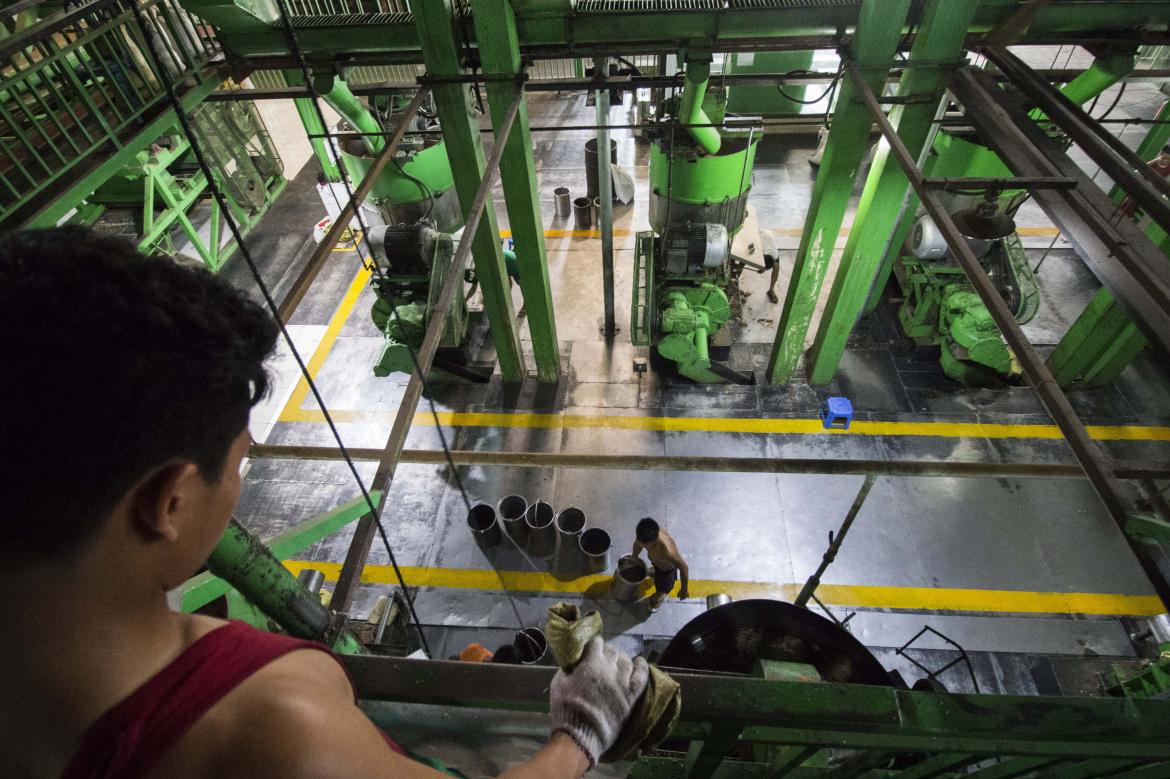Myanmar needs a modern banking system that allows business borrowers to use movable assets as collateral to increase access to finance and develop Myanmar’s credit market
6 มิถุนายน 2561
A secured transactions reform will help develop Myanmar’s credit market, and subsequently drive the nation’s economy by creating jobs and giving SMEs increased access to finance.
SMALL AND MEDIUM enterprises play a central role in Myanmar’s economy, contributing to job creation and gross domestic product. About 90 percent of businesses are considered SMEs.
Yet, this sector is in urgent need of financing to grow and create more employment opportunities. This lack of financing affects Myanmar’s key sub-sectors including manufacturing, retail, and services.
When the World Bank Group conducted its Myanmar Enterprise Survey 2014, almost 23 percent of small, medium, and large firms listed access to finance as the top constraint. This can be attributed to the fact that most SMEs in Myanmar do not have immovable collaterals – land and buildings – that are acceptable to lenders.
Unavailability of collateral is frequently not the problem; rather, it is the inability to use valuable assets as collateral. In the developing world, 78 percent of the capital stock of a business enterprise is typically in movable assets such as machinery, equipment, or receivables – only 22 percent is in immovable property.
However, financial institutions are reluctant to accept movable property as collateral. In Myanmar, for example, around 90 percent of total outstanding loans are against immovable assets such as real estate.
In contrast, the share of commercial credit involving movable assets relative to total outstanding loans is believed to be just 1 percent. Most of these are secured with gold and jewelry, with some limited use of other assets such as motor vehicles, warehouse goods, and accounts receivable. As a result, the economic potential of movable assets for the growth of the country’s economy is not being fully realized.
The preference for immoveable assets as collateral not only restricts access to financing; it increases concentration risk in the banking sector. The 1997 Asian Financial Crisis is an example that underlines the vulnerability of financial systems that are not diversified.
Limitation in types of collateral also constrains the credit market expansion. Thus, the ratio of credit to private sector to GDP is very low in Myanmar, at 22 percent – the second lowest within ASEAN, ahead of only Laos.











